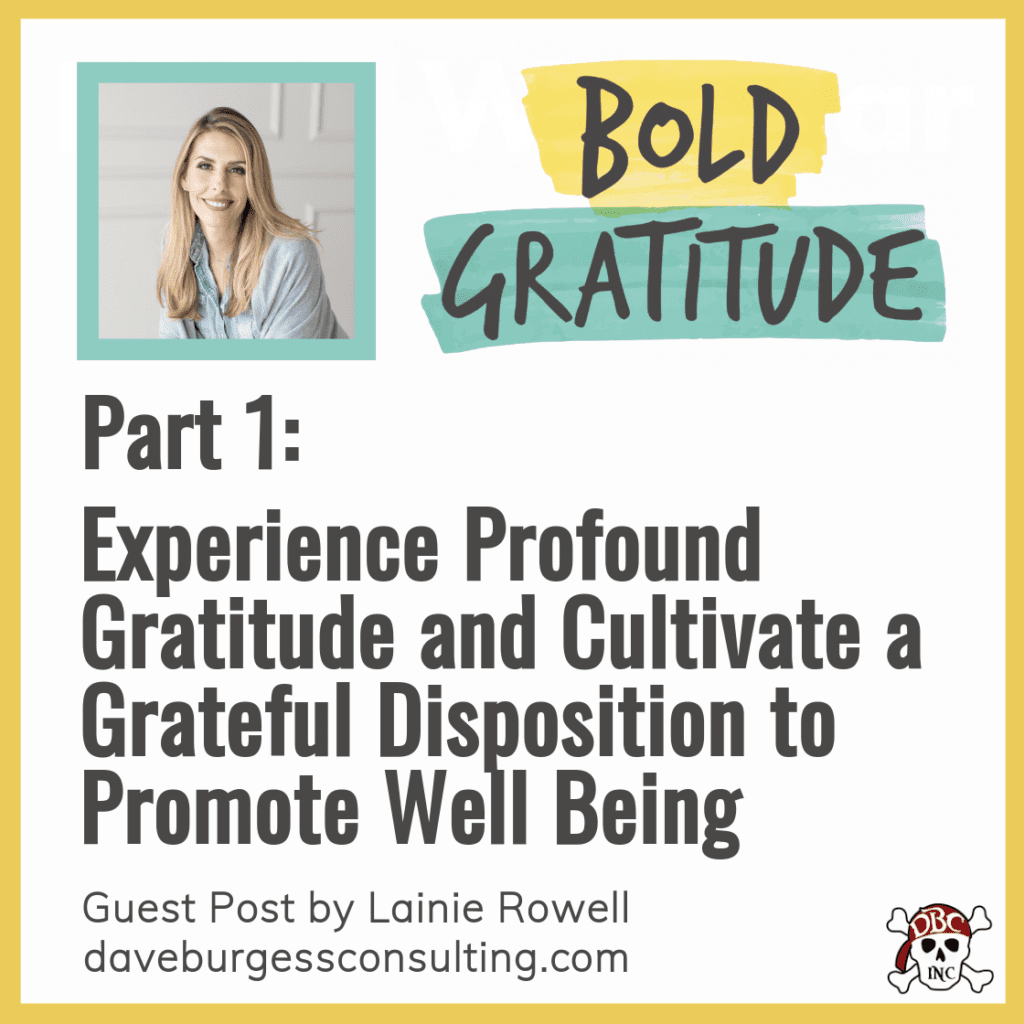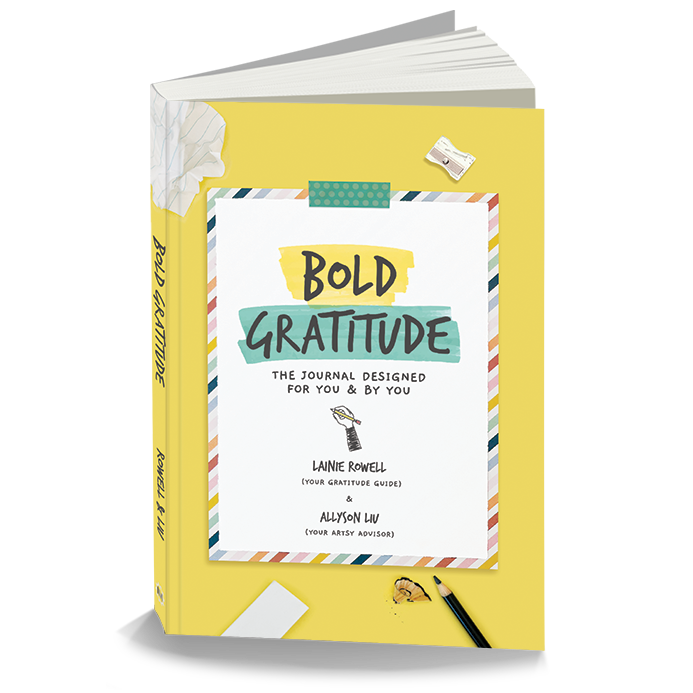Today's guest post is brought to you by an experienced teacher and district leader dedicated to building learning communities focused on learner-driven design, social-emotional learning, and online/blended learning. She is also the author of the BRAND NEW Bold Gratitude journal, ranking Amazon #1 New Release and Evolving with Gratitude which also proves to be a best seller.
Congrats and take it away, Lainie Rowell!
Guest Post by Lainie Rowell
When describing a grateful person, we often think of qualities like politeness, respectfulness, and humility, which are undoubtedly admirable. However, we can take our gratitude to the next level, which I refer to as "bold gratitude," by being proactive and intentional in both experiencing and expressing it.
So how do we cultivate bold gratitude in ourselves, and how do we develop this in our learners? This 3-part series explores ways we can practice bold gratitude in our learning communities to improve well-being, nurture relationships, and make the world a better place.
For starters, to truly realize all the benefits and the power of gratitude, we need to move from simple reciprocity and just feeling grateful (a fleeting emotion) to being grateful people. According to the research, actively and intentionally practicing gratitude does the following:
- Helps us cope with stress
- Regulates our emotions
- Makes us happier
- Improves our health (mental and physical)
- Nurtures relationships
- Activates learning
That all sounds amazing, but you might be wondering, “What does actively and intentionally practicing gratitude look like?” Thankfully, psychologist Andrea Hussong and colleagues have identified Notice-Think-Feel-Do as the four essential components of the gratitude experience. We can bring bold gratitude into our learning communities by thoughtfully responding to the prompts below.
- What do you notice in your life that you can be grateful for?
- Think deeply about why you have been given this thing you value.
- How do you feel about the thing you have been given?
- What can you do to express appreciation?
We can also use this as an opportunity to build our emotions vocabulary by really striving for granularity as we describe how we feel.
When it comes to the do, we can give individuals choice for how they express their appreciation. This will vary from person to person, and age/stage is also a factor. For example, younger learners may prefer notes and drawings, whereas adolescents may prefer social media posts, emails, texts, etc. Of course, these are overly simplified generalizations. It’s important to note that as unique and dynamic individuals, there are many things that impact our preferences and our disposition including, but not limited to, our values, principles, and practices, and these are shaped by our culture, faith, family, friends, gender, and genes. Using bold gratitude, we can empower individuals as we honor their lived experiences.
-Lainie
If you don't already, follow Lainie on Twitter HERE and Instagram right HERE. She lives this message of gratitude!
Also, check out her brand new Bold Gratitude journal here and Evolving with Gratitude here. Did you know there is a website: lainierowell.com/boldgratitude that goes with the journal?!
It is free to all it and includes a meditation, customizable gift tags, and more! Check it out!


